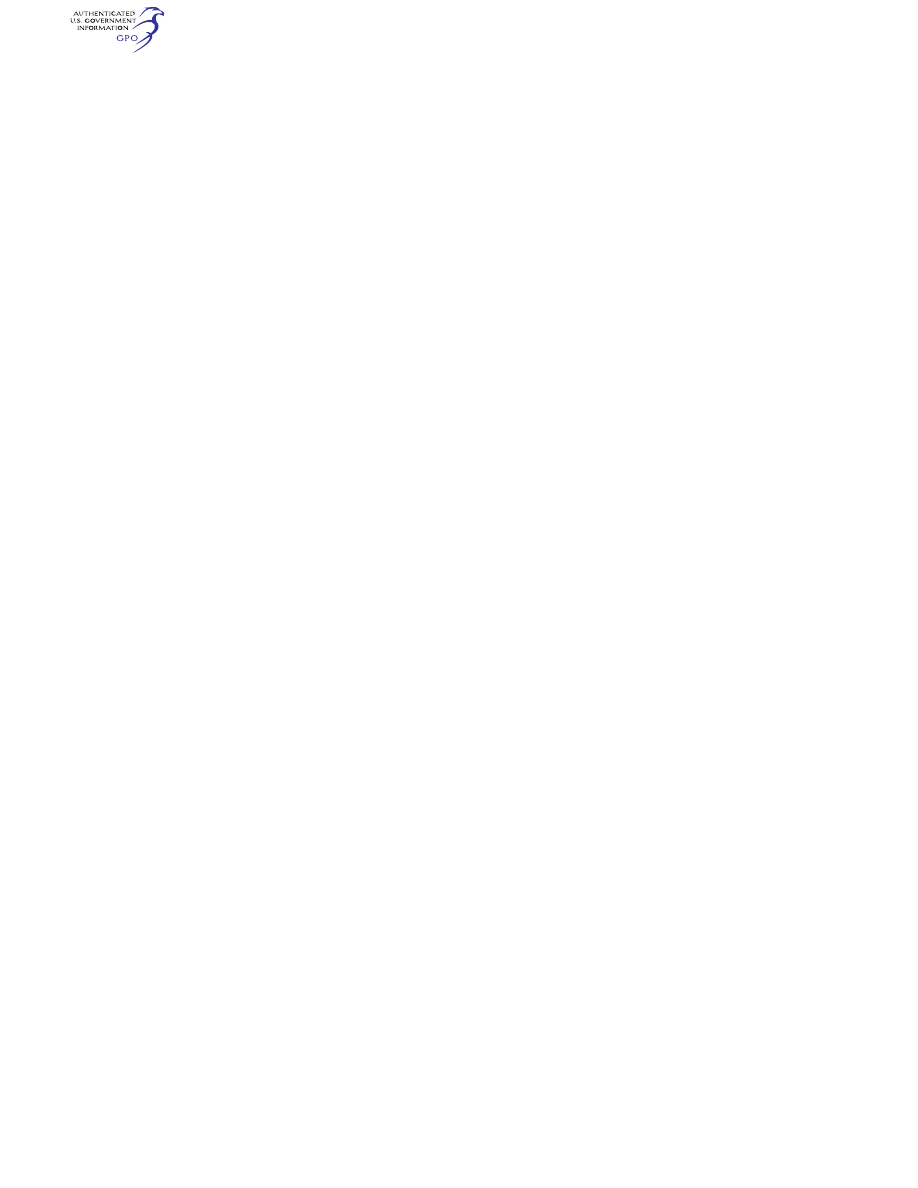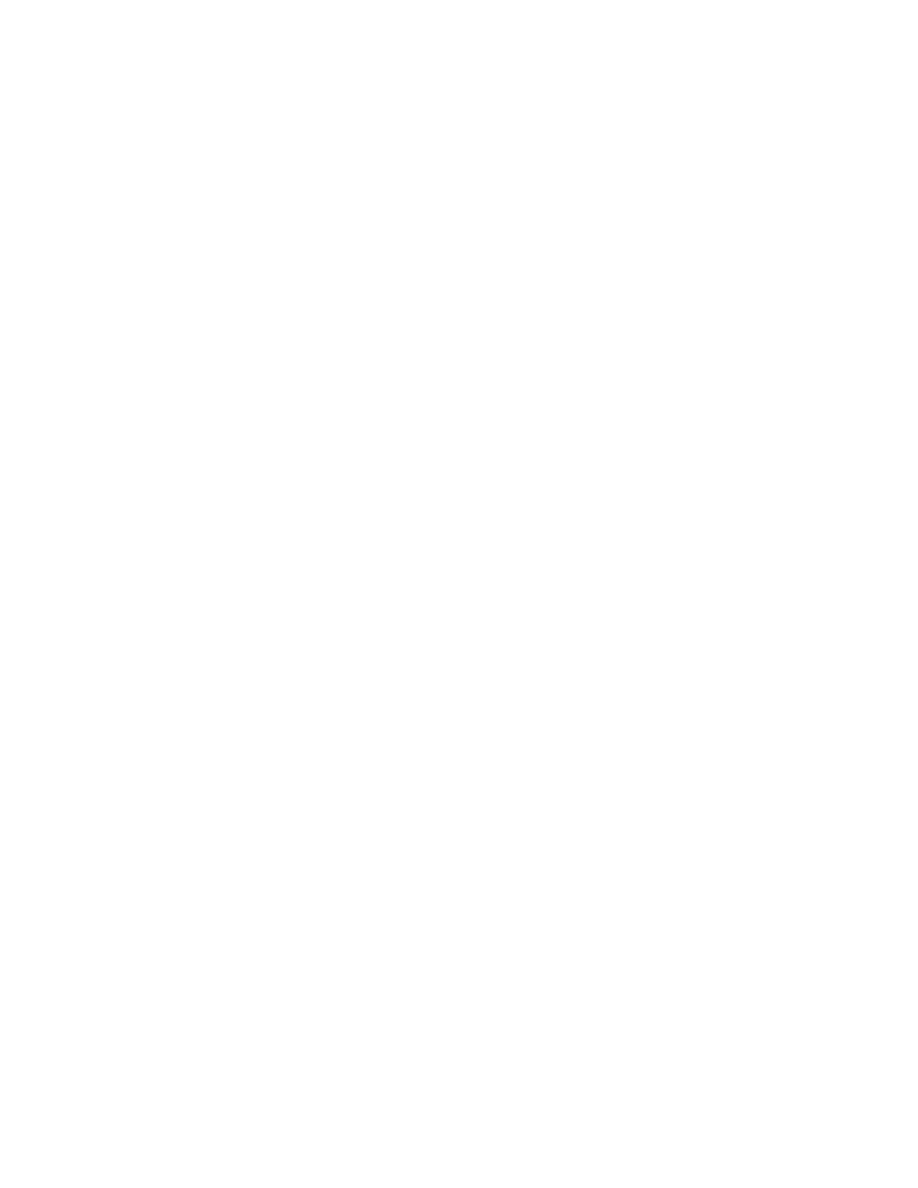
436
14 CFR Ch. I (1–1–24 Edition)
§ 135.100
the FAA to determine whether the sec-
ond-in-command professional develop-
ment program is accomplishing its ob-
jectives.
(2) The aircraft is a multiengine air-
plane or a single-engine turbine-pow-
ered airplane. The aircraft must have
an independent set of controls for a
second pilot flightcrew member, which
may not include a throwover control
wheel. The aircraft must also have the
following equipment and independent
instrumentation for a second pilot:
(i) An airspeed indicator;
(ii) Sensitive altimeter adjustable for
barometric pressure;
(iii) Gyroscopic bank and pitch indi-
cator;
(iv) Gyroscopic rate-of-turn indicator
combined with an integral slip-skid in-
dicator;
(v) Gyroscopic direction indicator;
(vi) For IFR operations, a vertical
speed indicator;
(vii) For IFR operations, course guid-
ance for en route navigation and in-
strument approaches; and
(viii) A microphone, transmit switch,
and headphone or speaker.
(3) The pilot assigned to serve as sec-
ond in command satisfies the following
requirements:
(i) The second in command qualifica-
tions in § 135.245;
(ii) The flight time and duty period
limitations and rest requirements in
subpart F of this part;
(iii) The crewmember testing require-
ments for second in command in sub-
part G of this part; and
(iv) The crewmember training re-
quirements for second in command in
subpart H of this part.
(4) The pilot assigned to serve as
pilot in command satisfies the fol-
lowing requirements:
(i) Has been fully qualified to serve as
a pilot in command for the certificate
holder for at least the previous 6 cal-
endar months; and
(ii) Has completed mentoring train-
ing, including techniques for rein-
forcing the highest standards of tech-
nical performance, airmanship and pro-
fessionalism within the preceding 36
calendar months.
(d) The following certificate holders
are not eligible to receive authoriza-
tion for a second-in-command profes-
sional development program under
paragraph (c) of this section:
(1) A certificate holder that uses only
one pilot in its operations; and
(2) A certificate holder that has been
approved to deviate from the require-
ments in § 135.21(a), § 135.341(a), or
§ 119.69(a) of this chapter.
[Doc. No. 16097, 43 FR 46783, Oct. 10, 1978, as
amended at 83 FR 30282, June 27, 2018]
§ 135.100 Flight crewmember duties.
(a) No certificate holder shall re-
quire, nor may any flight crewmember
perform, any duties during a critical
phase of flight except those duties re-
quired for the safe operation of the air-
craft. Duties such as company required
calls made for such nonsafety related
purposes as ordering galley supplies
and confirming passenger connections,
announcements made to passengers
promoting the air carrier or pointing
out sights of interest, and filling out
company payroll and related records
are not required for the safe operation
of the aircraft.
(b) No flight crewmember may en-
gage in, nor may any pilot in command
permit, any activity during a critical
phase of flight which could distract
any flight crewmember from the per-
formance of his or her duties or which
could interfere in any way with the
proper conduct of those duties. Activi-
ties such as eating meals, engaging in
nonessential conversations within the
cockpit and nonessential communica-
tions between the cabin and cockpit
crews, and reading publications not re-
lated to the proper conduct of the
flight are not required for the safe op-
eration of the aircraft.
(c) For the purposes of this section,
critical phases of flight includes all
ground operations involving taxi, take-
off and landing, and all other flight op-
erations conducted below 10,000 feet,
except cruise flight.
N
OTE
: Taxi is defined as ‘‘movement of an
airplane under its own power on the surface
of an airport.’’
[Doc. No. 20661, 46 FR 5502, Jan. 19, 1981]
§ 135.101 Second in command required
under IFR.
Except as provided in § 135.105, no per-
son may operate an aircraft carrying
